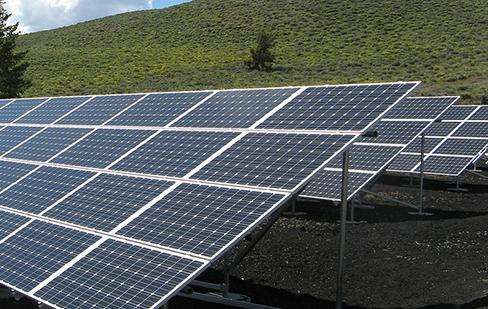The generator output power is related to the load. It can only ensure constant voltage, and the output current and power change with the change of load.
The 1 kW generator you mentioned means its maximum output power is 1 kW, which means the maximum load is 1 kW.
1 kW of power for one hour is called a kilowatt hour.
It also depends on the fall (height) of the water. Suppose the head is H (m), the flow rate is Q (m3/h), the power is P (kW) and the density of water is d (1000kg/ m3), the acceleration of gravity g = 10m/s2, taking into account the conversion efficiency μ, the relevant formula is: P = μdgHQ/3.6, if: μ=0.6, P=5kW, d= 1000kg/m3, H = 2m, Then Q = 3.6P/(μdgH) = 3.6x5/(0.6x1x10x2)= 1.5m3/h.
That is, when the generator has a height difference of 2 meters and a conversion efficiency of 0.6, the required water flow is about 1.5cubic meter per hour.














